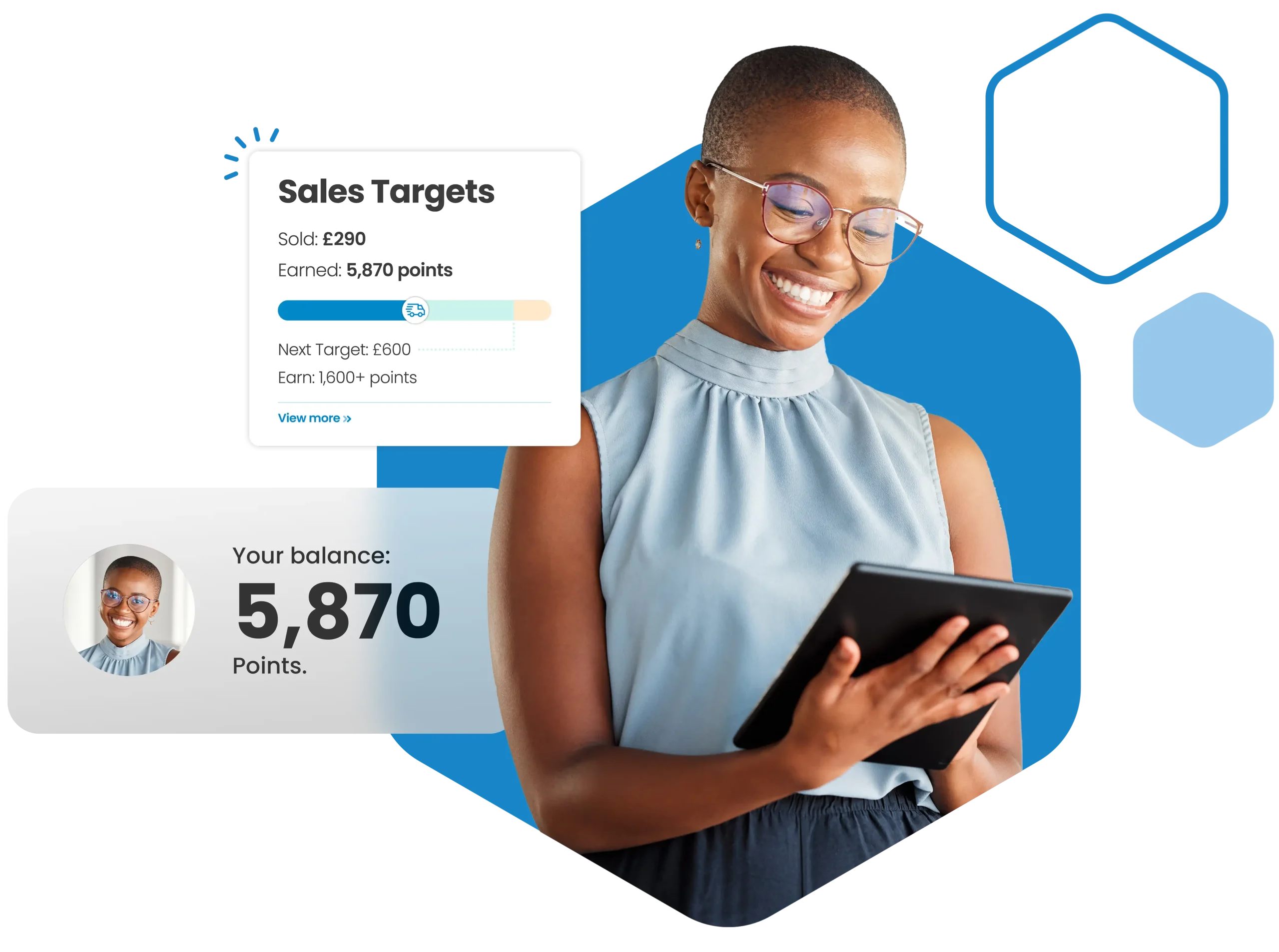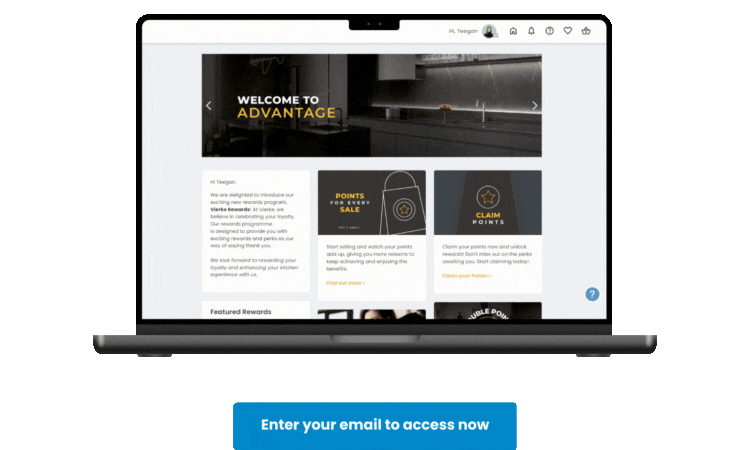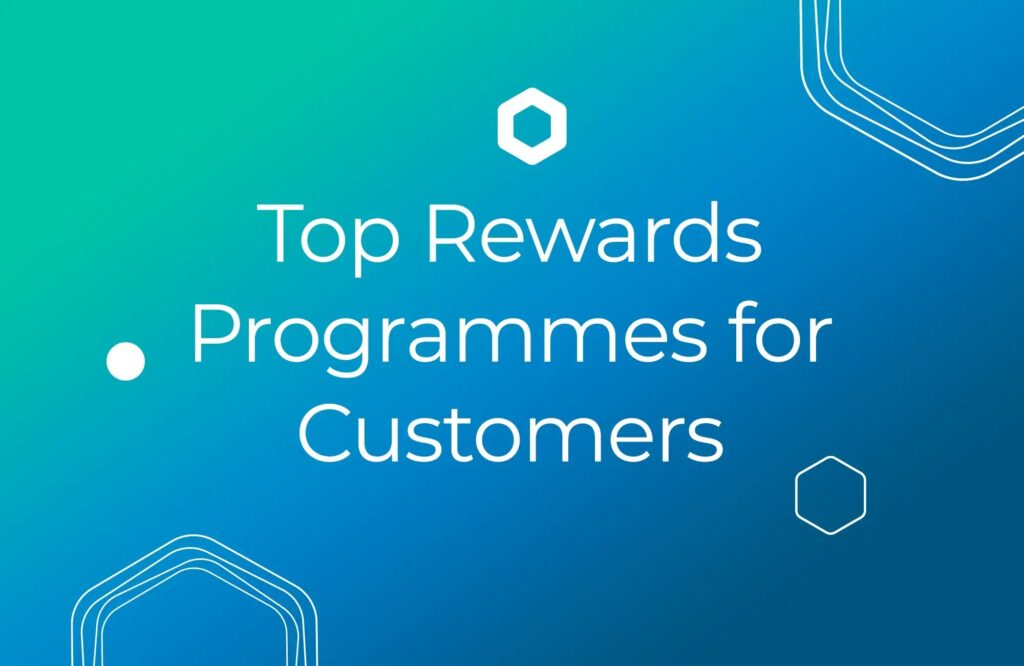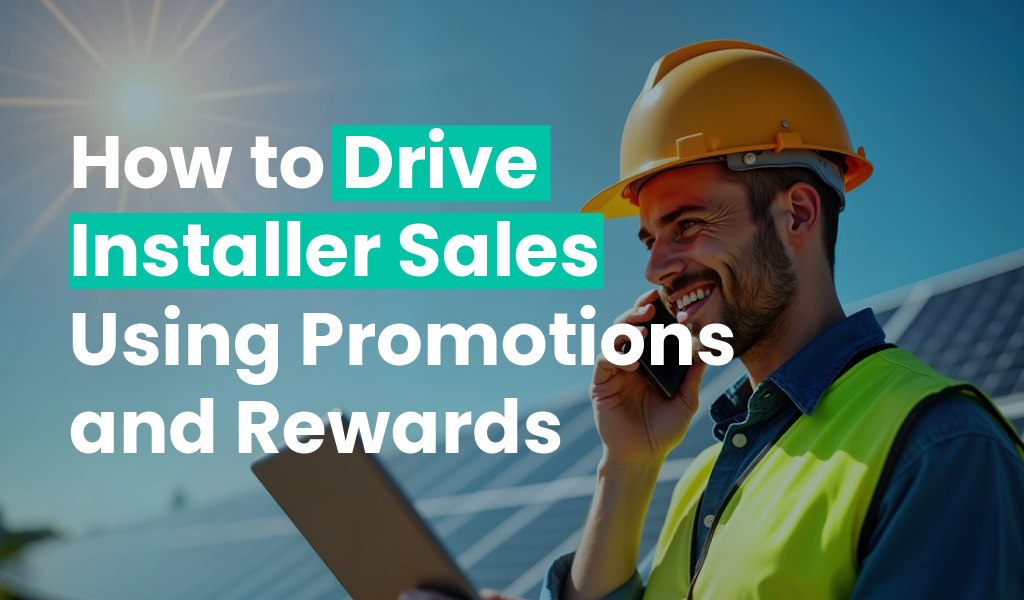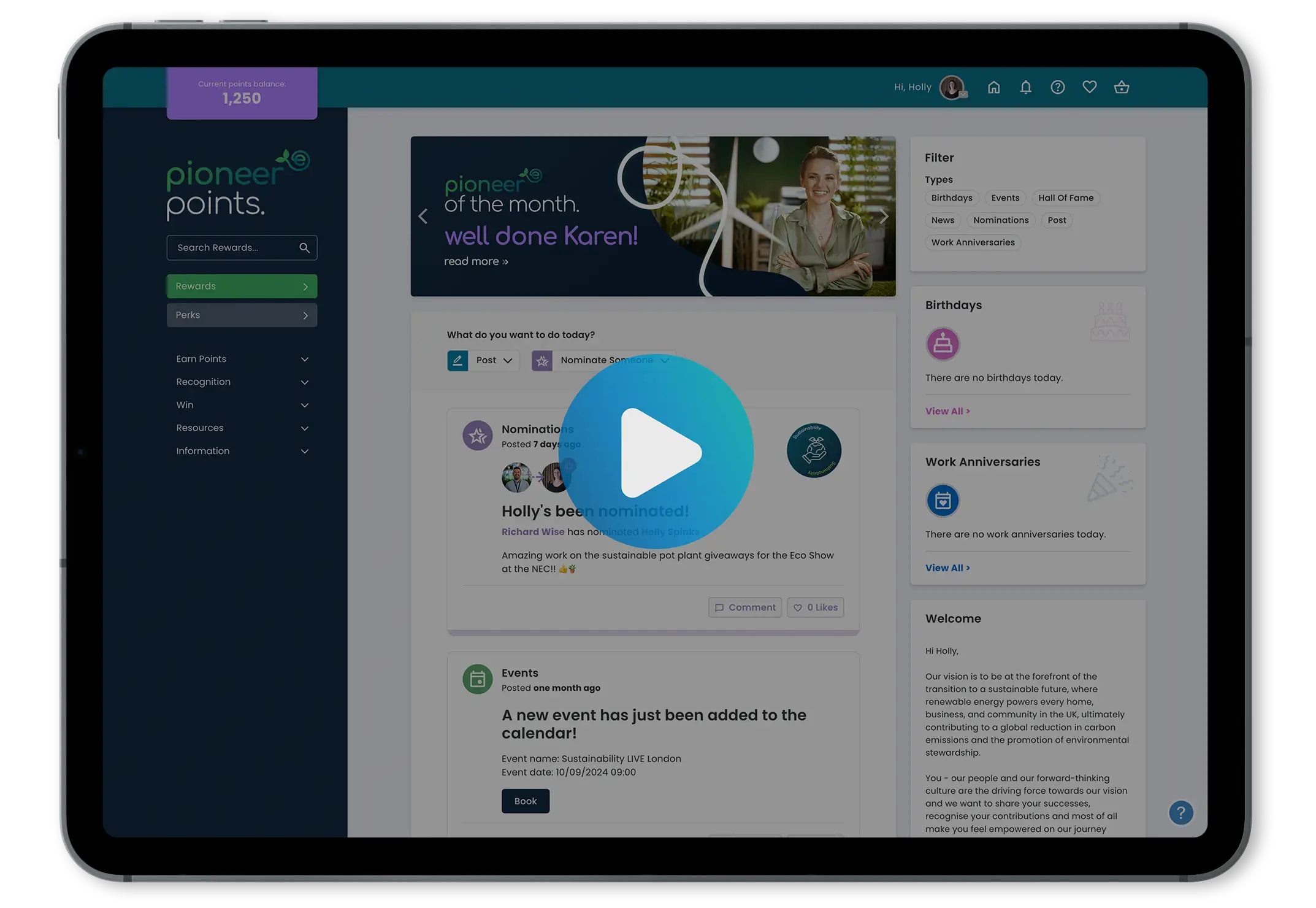


Channel partnerships are the power couples of the business world. When the right channel partners team up, they combine their strengths, share their expertise and create something that’s greater than the sum of its parts. Whether it’s reaching new markets, adding extra value to products or simply selling more stuff, a well-considered channel partnership can make it happen for any business with limited reach.
In this guide, we’ll walk you through the different types of channel partnerships (because yes, there’s more than one flavour) and dig into what makes them successful. We’ll also share practical strategies to transform a good channel partner into a great one.
So, whether you’re a business looking to grow your reach or a potential partner hoping to add more strings to your bow, you’re in the right place.
Let’s get into it, shall we?
Skip to:
What is a channel partner?
Think of a channel partner as your business’s trusted sidekick. Someone who helps you get your products or services out into the world using their existing network, working alongside you to promote, sell and distribute what you offer.
Channel partners can be distributors, vendors, installers or service providers. What matters is that they’re an essential part of your distribution strategy, helping you reach more people by tapping into their established networks, industry know-how and resources.
When you team up with the right channel partner, you’re not just gaining an extra pair of hands, you’re plugging into their existing customer base and market connections. That can open doors to new regions, niche markets and customer segments you might never reach flying solo.
The secret to long-term success is building strong relationships with partners who get your goals, share your values and have the skills to back it all up.
When it clicks, a channel partnership can seriously boost your market presence and your bottom line.

What types of channel partners are there?
The most common channel partners include value-added resellers (VARS), distributors, system integrators (Sis), original equipment manufacturers (OEMs), consultants and managed service providers (MSPs).
Let’s look at each of these in further detail:
- Value-Added Resellers (VARs): These are the creative types. VARs take a product or service, sprinkle on some extra magic (like customisation, integration, or bundling with other goodies) and then resell it to the end customer. Think of them as the chefs who don’t just serve the ingredients, they cook up the whole meal.
- Distributors: Distributors are the logistics wizards. They buy products in bulk from manufacturers and then pass them along to retailers, VARs or sometimes straight to customers. They also handle warehousing, fulfilment and all the behind-the-scenes stuff that keeps the supply chain ticking. Basically, if your product needs a lift, they’ve got the keys to the van.
- Systems Integrators (SIs): SIs are the tech-savvy problem-solvers who love a puzzle. They take bits of hardware, software and networking gear, then weave them into one beautifully functioning system. Their superpower is making sure all the different tech plays nicely together.
- Original Equipment Manufacturers (OEMs): OEMs are the behind-the-scenes builders. They manufacture products or components that other companies use in their own branded offerings. So while you may not see their name on the box, chances are they built what’s inside. Think of them as the secret ingredient in a best-selling recipe.
- Consultants: Consultants are the wise owls of the partner world. They bring knowledge, insight and a strategic eye to help businesses make smarter decisions. Whether it’s tech, marketing, operations or something else entirely, they’re often the ones whispering “maybe try it this way…” and making everything work better.
- Managed Service Providers (MSPs): MSPs are your IT team’s best mate (or replacement, depending on the setup). They manage, monitor and support everything from networks to security to full-blown IT infrastructures. If you want peace of mind while someone else handles the tech headaches, then this is your team.
No matter the type, a good channel partner helps you do more, reach further and grow faster. The challenge is finding the right ones who fit your goals, your style and ideally, don’t give you a migraine in the process.

What makes a channel partnership successful?
Healthy channel sales come from partners that have trust in a brand and a highly collaborative relationship, which is achieved through clear communication, a shared vision and constant mutual support.
Think beyond simply hitting sales targets (although that’s nice too), instead focus on creating a relationship built on trust, alignment and shared ambition.
Here’s what really makes the magic happen in any successful channel partnership:
- Clear communication: Communication is the glue that holds any good partnership together (and in this case, it needs to be superglue).
From the get-go, both sides need to be crystal clear about their goals, roles, responsibilities and what ‘success’ actually looks like. That means no vague promises or crossed wires. Just straight-talking, honest updates and regular catch-ups to make sure everyone’s still padding in the same direction. The best partnerships have open channels, where concerns can be raised early, feedback is welcomed and wins are shared. If you find yourselves finishing each other’s sentences (or at least avoiding endless email chains) then you’re probably doing it right. - Shared vision and goals: Imagine trying to build a house when one of you wants a cosy cottage and the other’s dreaming of a skyscraper. It just won’t work.
Successful B2B partnerships happen when both parties have a shared sense of purpose and know exactly what they’re working towards. This doesn’t mean you have to agree on every tiny detail, but it does mean aligning on the big stuff; business objectives, customer needs, brand values, and the roadmap for growth. When you’re both chasing the same goals (and measuring success in the same way), you can move faster, make better decisions and celebrate the wins together. - Complementary capabilities: The best channel partners bring something to the table that you don’t. That’s the whole point!
Whether it’s niche market knowledge, technical expertise or just an impressive little black book, your partner should add value in ways that fill your gaps (and vice versa). It’s essential to form a dynamic duo. When each side brings unique strengths, you get a partnership that’s stronger, smarter and more competitive than either party could be on their own. Think of it like assembling the Avengers… everyone has a role to play and together, you’re unstoppable. - Supportive relationships: A channel partnership shouldn’t feel like a transactional deal. Instead, it should feel like a team. And teams support each other.
That could mean offering training, co-creating content, sharing market insights or even just being there for a call when something’s gone sideways. Support flows both ways. If your partner’s struggling to hit a target, you lend a hand. If you’ve got a campaign idea, you loop them in. The best relationships are the ones where both sides genuinely want to see each other succeed and are willing to invest the time and energy to make it happen. - Win-win mindset: At the heart of every thriving channel partnership is a commitment to mutual benefit.
If one side’s constantly winning and the other’s barely scraping by, the whole thing’s going to crumble pretty quickly. A win-win mindset means looking for ways to grow together. You should share opportunities, solve problems collaboratively and find commercial models that benefit both parties. When both sides are invested in each other’s success, there’s more trust, more innovation and of course, more profit.

What are the benefits of using channel partners?
Channel partners are more than just middlemen, they’re strategic allies that can seriously level up your business. Whether you’re looking to break into new markets, boost your sales or simply get your brand in front of more of the right people, the right channel partner can make it happen.
Discover how channel marketing can revolutionise your business below:
- Expanded market reach: Breaking into new markets can be a bit of a slog. But with channel partners, you don’t have to go it alone. These partners already have established networks, loyal customers and a firm grip on the lay of the land. By plugging into their existing distribution channels, you can get your product or service in front of a much wider audience, without needing to build everything from scratch. It’s like jumping the queue with a VIP pass.
- Increased sales opportunities: More partners = more salespeople out there championing your brand. Whether they’re reselling, cross-selling or upselling, your partners are effectively expanding your sales force without you having to hire a single extra person. They’ve got the local knowledge, the industry connections and the sales savvy to drive results in places you might never reach on your own. And when the tills start ringing, you’ll know it was worth the effort.
- Cost efficiency: Building out your own sales and marketing infrastructure in every new market isn’t exactly cheap. But channel partners come with their own ready-made setup, with teams, tool, and customer pipelines included. By leaning on their expertise and resources, you can save serious money on customer acquisition, logistics and campaign costs.
- Enhanced brand visibility: Getting your name out there can be half the battle. But when you work with trusted, well-established partners, your brand gets a credibility boost simply by association. If your channel partner is already a big deal in their space, your product gets to bask in a bit of that reflected glory. That means more brand recognition, more customer trust and more people choosing you over the competition.
- Access to specialist expertise: Every market has its quirks. Local regulations, cultural preferences and hidden challenges can be a lot to navigate if you’re not familiar. But the right channel partner has already cracked the code. Whether it’s deep industry knowledge, niche customer insights or hands-on technical expertise, channel partners often bring exactly what you need to make a strong entrance. They can help you avoid the pitfalls, fast-track your strategy and reach customer segments you’d struggle to access on your own.

How to develop a winning channel partnership
Building a successful channel partnership is about so much more than shaking hands and swapping logos. It’s about creating a long-term relationship that delivers real results that. if done right, can bring in serious return on investment.
Here’s a step-by-step guide to help you build a partnership that does more than just tick over…
 Identify suitable channel partners
Identify suitable channel partners
Start by choosing your partner like you’d choose a flatmate. You want someone reliable, aligned with your values and unlikely to steal your cereal. It’s essential to find partners who not only bring the right skills and customer base, but also have the resources and willingness to invest in the partnership.
Look for complementary strengths: do they have access to markets you want to reach? Do they ‘get’ your product or service? Are they known for delivering results? Once you’ve found someone who ticks the boxes, it’s time to open the conversation and see if they’re up for the adventure.
 Foster the relationship
Foster the relationship
Before jumping in headfirst, take time to get to know each other properly. This discovery phase is where you explore how well your offerings fit together, what gaps each of you might have and how the partnership could help fill them.
Talk about your existing customers, your processes and any sticky challenges you’ve been facing. Be honest, as this is your chance to figure out how you can support one another, navigate potential risks and map out opportunities you might not spot on your own.
 Develop a written plan
Develop a written plan
In a successful channel partner programme, both parties play an active role in setting goals and working together to achieve those goals. This promotes shared responsibility and a clear understanding of what is expected from each side.
During the goal execution phase, it’s important to:
- Outline key objectives
- Identify the desired target market
- Assign specific responsibilities
- Determine resource investments
We recommend planning for the first 12 weeks as a launchpad. That way, you’re not guessing, you’re tracking progress, adjusting where needed and building a rock-solid foundation from day one.
 Facilitate integration and training
Facilitate integration and training
A good partnership doesn’t live in silos. Once things are formalised, you’ll need to connect your teams and get everyone speaking the same language. Appointing a partner manager is a smart move, as they’ll be your go-to person for managing relationships, onboarding and keeping everything on track.
Training is a must. Share knowledge, run sessions and make sure everyone understands how the partnership works, what’s expected and how to deliver value together. No one likes being left in the dark, especially when there are customers involved.
 Develop effective communication strategies
Develop effective communication strategies
Communication is the lifeblood of any successful partnership. Without it, even the best plans can go sideways. So, set expectations early around how often you’ll meet, how you’ll share updates and who’s responsible for what.
Regular check-ins (think monthly syncs or weekly stand-ups) help catch issues early and keep things running smoothly. Plus, consistent communication builds trust – and in partnerships, that’s worth its weight in gold.
 Monitor success metrics
Monitor success metrics
As your partnership moves forward, it’s crucial to keep a close eye on its progress by actively gathering feedback and measuring key metrics. These valuable insights will empower you to make informed decisions about introducing new tools, fine-tuning processes and establishing best practices.
By continuously optimising your programme based on these insights, you’ll create a solid foundation for expansion. This means you can gradually include a larger network of channel partners, leveraging the lessons learned and the successful strategies implemented along the way.
The top 10 channel partnership types
(and how they excel at driving sales)
If you’re looking to grow your revenue, open up new sales channels or just add a bit more oomph to your go-to-market strategy, channel partnerships might be your secret weapon. But not all partnerships are created equal. There are different types for different goals, industries and business models.
Here’s our run-down of the top 10 channel partnership types that consistently deliver results and might just be the blueprint for your next big growth move:
 Technology partnership
Technology partnership
Think of this as a match made in digital heaven. A technology partnership typically sees a software company teaming up with a tech partner to integrate products or services and create something bigger, better and far more useful.
For example, a CRM platform might partner with an email marketing tool, letting customers manage their sales pipeline and campaigns in one seamless system. Partners get access to APIs, dev support and co-branding opportunities, while the software company extends its ecosystem and customer base.
Why it works:
- Offers a richer, more comprehensive solution for customers
- Opens up new market segments
- Strengthens brand value through integrations customers actually want
 Reseller partners
Reseller partners
Classic, effective and still going strong. In this model, a manufacturer or vendor sells products to a partner (reseller or distributor), who then sells them on to end customers (usually at a markup).
The manufacturer wins by reaching a wider audience, and the reseller wins by expanding their product offering without having to create anything themselves. Everyone’s happy, especially the customer who gets what they need from a trusted source.
Why it works:
- Instantly expands your distribution footprint
- Saves you the trouble of building new sales infrastructure
- Gives resellers a broader portfolio to sell (and upsell)
 Training and certification
Training and certification
No one sells your product better than someone who actually knows how it works. Training and certification programmes turn partners into product experts, armed with the knowledge and credentials to implement, support and evangelise your solutions.
You provide the resources, training content and exams. They get the know-how and the badge of honour. It’s a win-win for everyone (especially your customers).
Why it works:
- Ensures partners offer a consistently high-quality service
- Builds loyalty and credibility
- Reduces post-sale support headaches
 Referral partners
Referral partners
Simple, effective and surprisingly powerful. Referral partnerships are all about rewarding people for sending new customers your way. Think: commissions, bonuses or other incentives when a referral turns into a deal.
It’s a brilliant low-risk, high-reward channel, especially in industries like finance, tech or consultancy where warm introductions go a long way.
Why it works:
- Taps into trusted networks
- Low cost of customer acquisition
- Flexible and scalable – partners don’t need to “sell,” just connect
 Strategic alliance
Strategic alliance
Companies enter strategic alliances with other organisations to jointly develop and market products or services.
Through collaboration in product development, marketing strategies and market expansion, companies can achieve shared growth and gain a competitive edge in the market.
Strategic alliances enable companies to pool their expertise and resources, leading to the creation of innovative and value-added solutions that cater to a broader range of customers. By leveraging each other’s capabilities, companies can tap into new markets and establish a stronger market presence.
The collaborative nature of strategic alliances fosters a spirit of mutual support and knowledge sharing, making it a strategic approach for those looking to drive growth and stay ahead in a dynamic business landscape.
Why it works:
- Opens up shared growth opportunities
- Encourages innovation and collaboration
- Spreads risk across both parties
 Co-marketing
Co-marketing
Two brands. One campaign. A whole lot of marketing power. Co-marketing is where companies team up to promote each other’s products or services through joint campaigns.
You split the workload, share the leads and make a much bigger splash together than you would alone.
Why it works:
- Doubles your marketing reach without doubling your budget
- Leverages both brands’ audiences and credibility
- Strengthens relationships while generating leads
 Integration partnerships
Integration partnerships
Here, a company establishes partnerships with other businesses or technology providers to seamlessly integrate their products or services.
The goal is to provide customers with a comprehensive solution that combines the strengths of different offerings into a unified and efficient system. This collaboration allows partners to leverage their complementary expertise and technologies, resulting in an enhanced value proposition for customers.
By addressing customers’ evolving needs through integration, partners can create seamless and holistic experiences that drive customer satisfaction and loyalty.
Why it works:
- Increases stickiness (and customer satisfaction)
- Creates a more compelling product offering
- Encourages upsells and cross-sells through bundled solutions
 Solution provider programme
Solution provider programme
Solution providers are the problem-solvers of the partner world. They take multiple tools and services (including yours) and build custom, end-to-end solutions for customers.
These partners usually act as consultants, systems integrators or value-added resellers. They need deep product knowledge, so it’s worth investing in training and support if you want them to thrive.
Why it works:
- Opens doors to complex, high-value sales
- Empowers partners to build tailored solutions
- Builds long-term customer relationships
 Market development funds (MDF)
Market development funds (MDF)
Market development funds provide financial support to partners for joint marketing activities. Companies allocate a portion of their marketing budget to fund various partner-led initiatives such as advertising, events, promotions and lead-generation campaigns.
This incentivises partners to actively promote the company’s products or services, fuelling sales growth in their target markets. By providing financial resources and support, companies empower partners to drive impactful marketing campaigns and expand market reach.
Why it works:
- Encourages proactive marketing from partners
- Helps align brand messaging
- Makes smaller partners feel supported and invested
 White-labelling
White-labelling
With white-labelling, your product becomes their product… at least on the outside. Your partner takes your solution, slaps their branding on it and sells it as their own.
It’s especially useful for tech companies looking to scale quickly, tap into new markets or get their product into the hands of end users with minimal effort.
Why it works:
- Rapidly scales distribution without brand dilution
- Great for entering new verticals or regions
- Partners get a product without R&D costs

Kick start your channel partnership today
Channel partnerships play a crucial role in driving sales, expanding market reach and fostering strong relationships between companies and their partners. By establishing effective partnerships and leveraging the strengths of each party, companies can unlock new growth opportunities and enhance their competitiveness in the market.
Through regular communication, incentives, feedback and performance tracking, companies and their partners can continuously optimise their strategies to improve joint operations. This ongoing optimisation ensures that the partnership remains aligned with evolving market dynamics, customer needs and business objectives.
By leveraging insights from customer feedback and market trends, both channel partners can refine their offerings and drive sustained success over the long term.
Because success loves company…and smart partnerships go a long way
Channel partnerships aren’t just for enterprise giants or tech titans. They’re for any business ready to scale smarter, collaborate better and compete more effectively.
You don’t need to have it all figured out. You just need to start. Choose the right partner. Build with intention. Communicate openly. And keep improving as you go.
Because when two businesses bring out the best in each other? That’s when the real magic happens.
